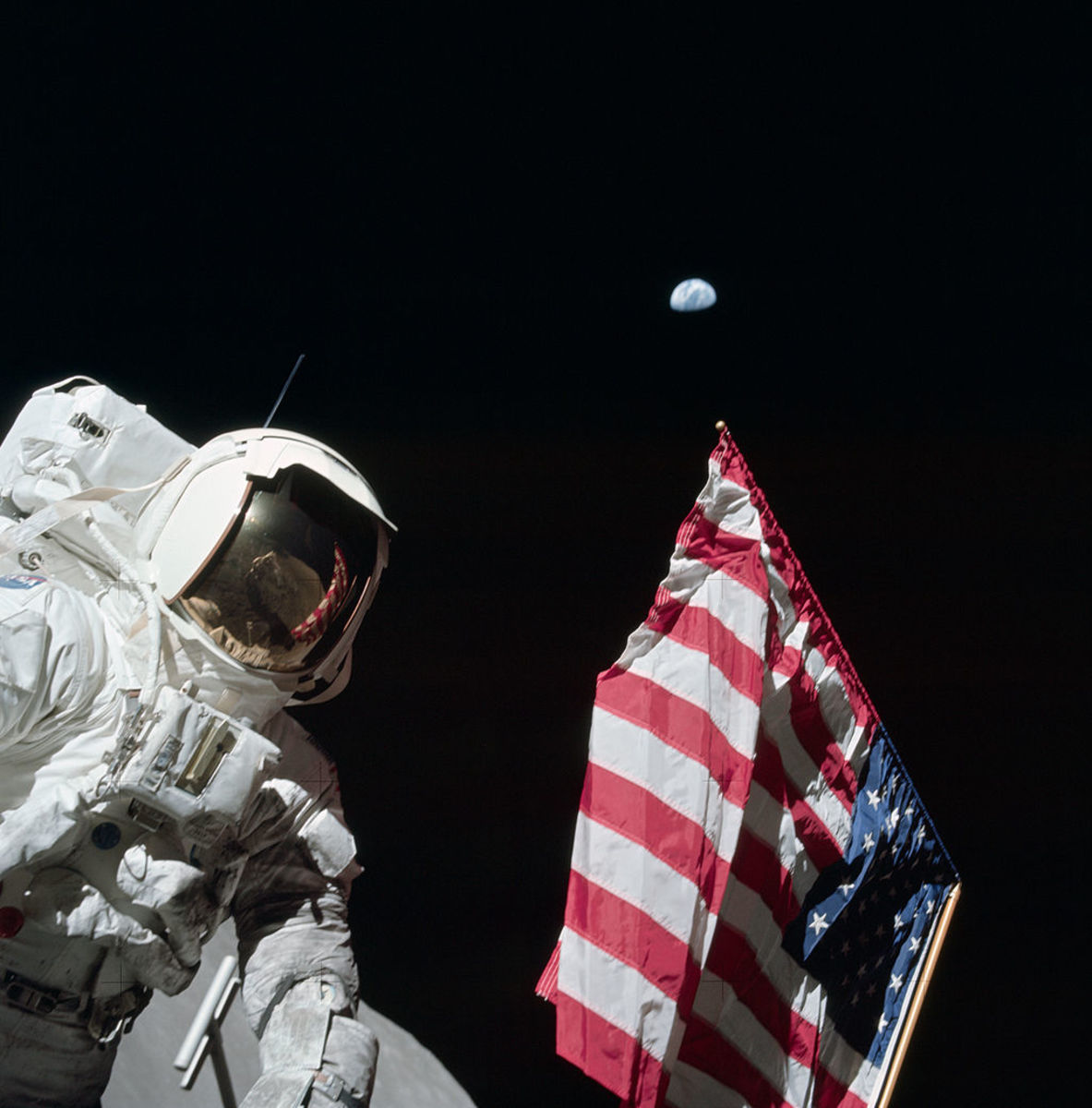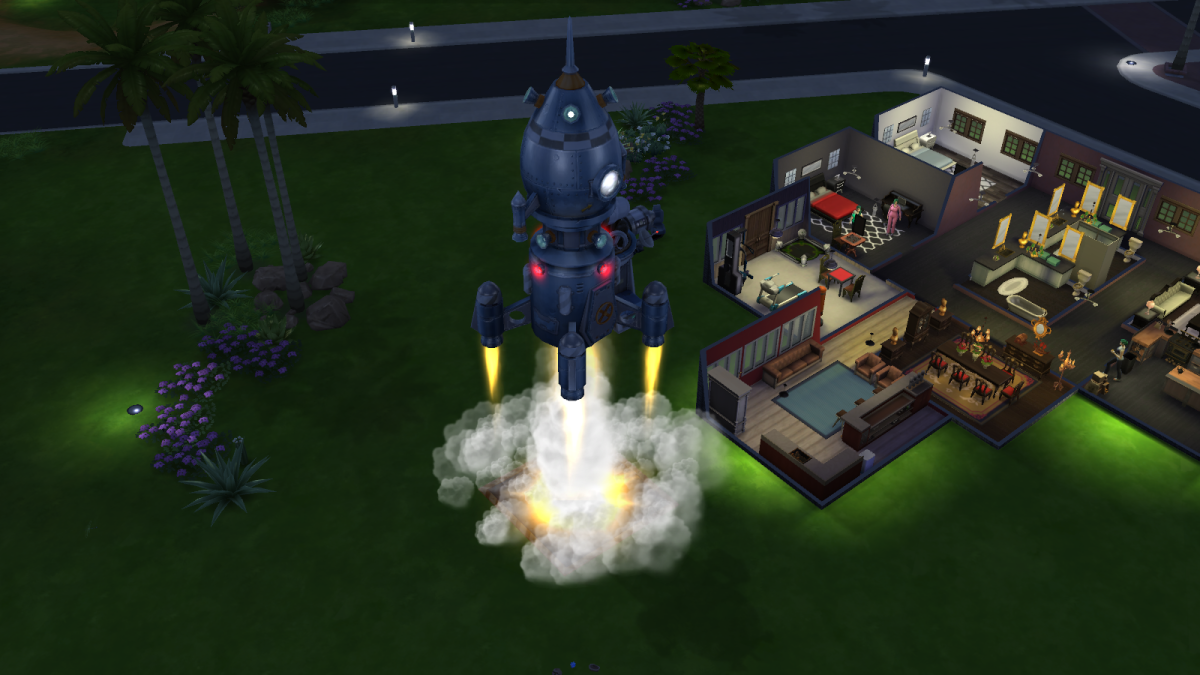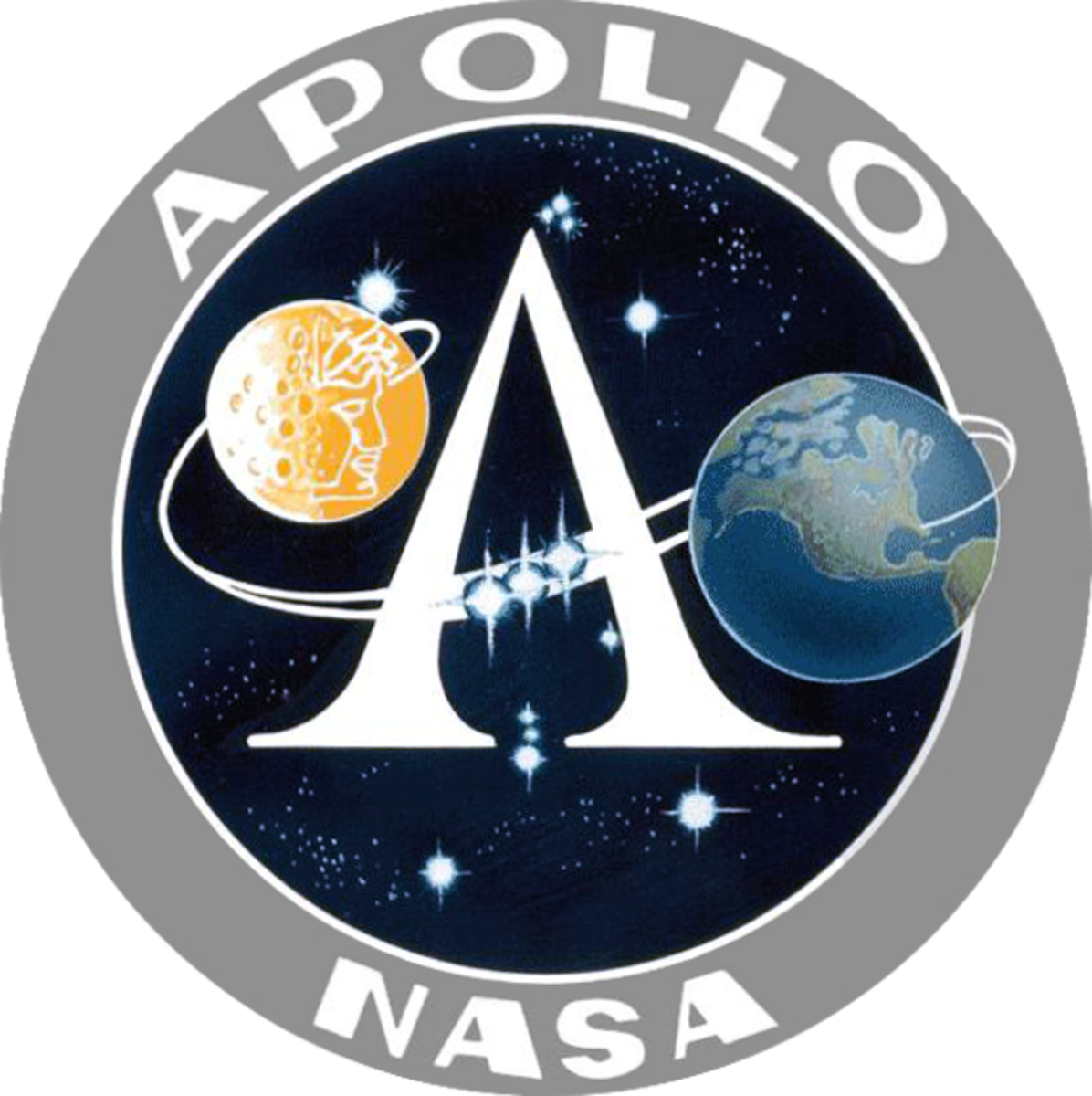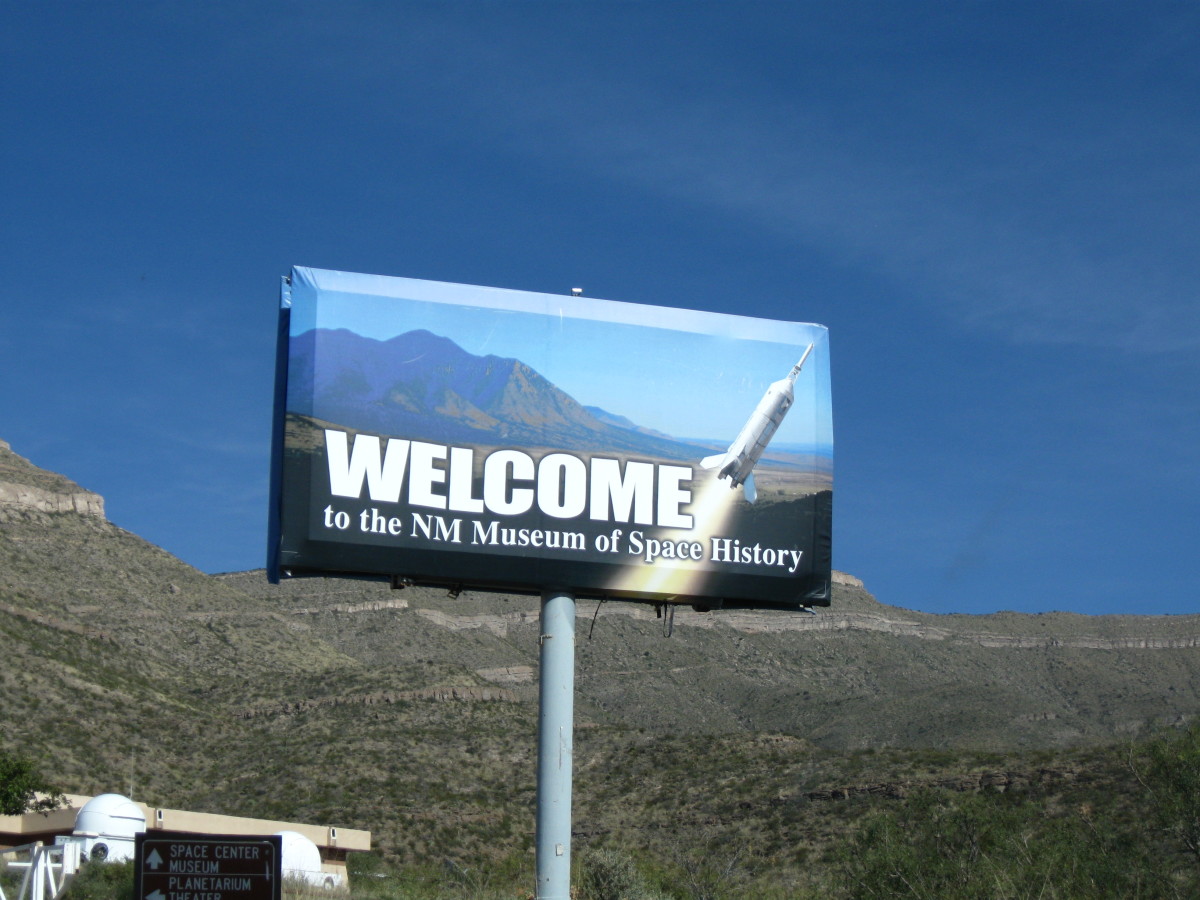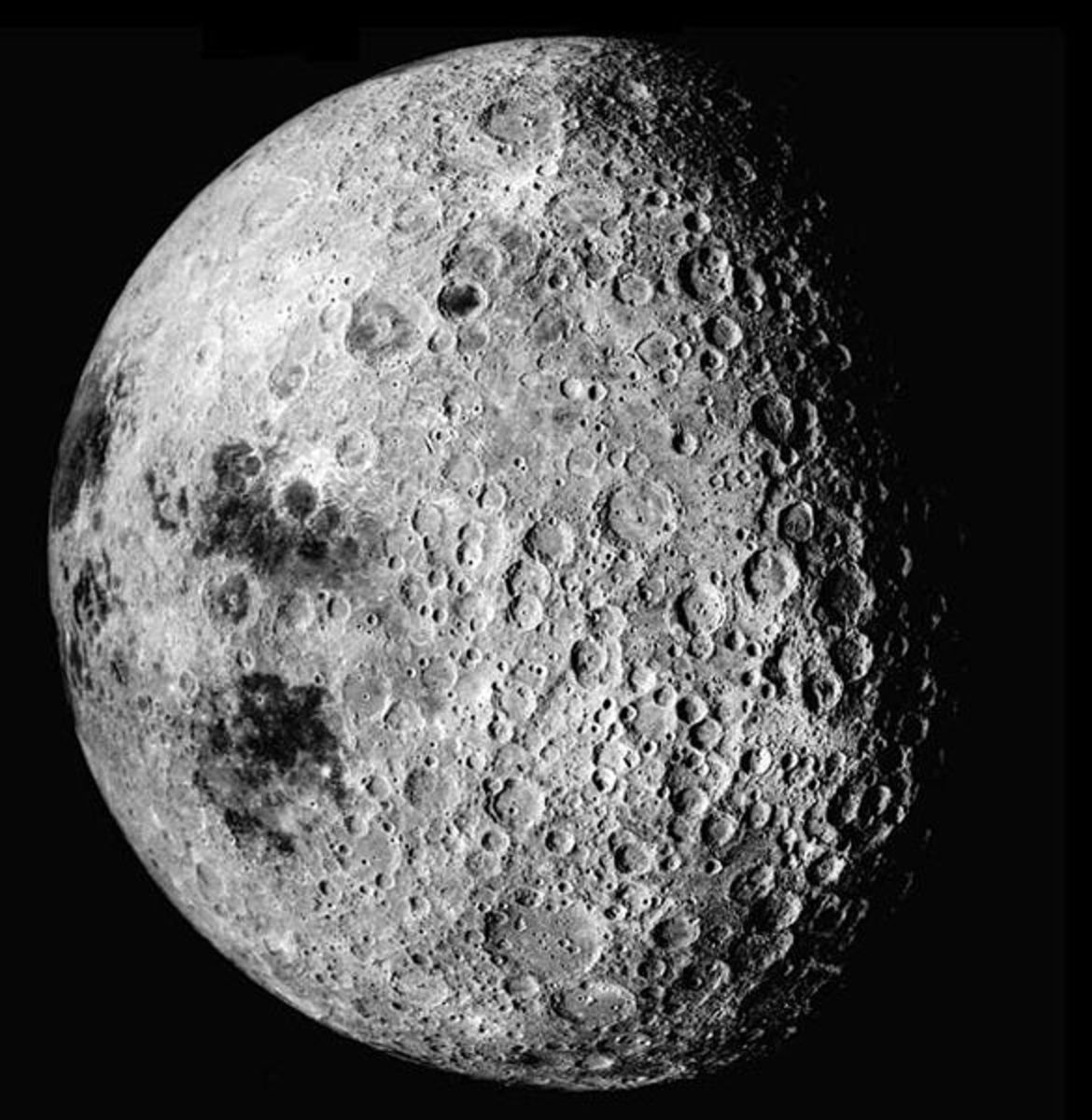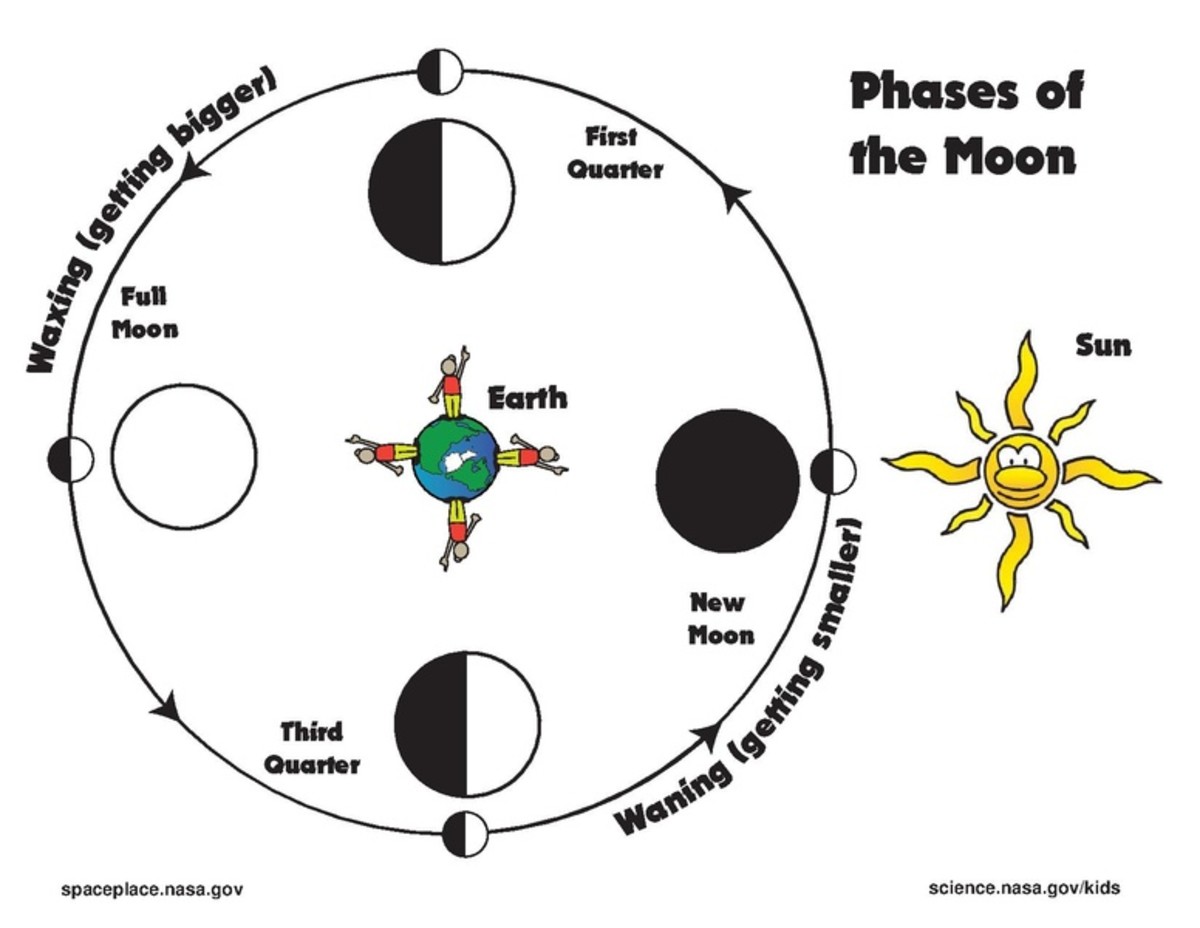Rocket Launches - Rockets of Pyrotechnic to Space Crafts
Rockets
Rockets have been fascinating for all, especially the children. Rockets are synonymous for speed and traversing great heights. Anything having a great speed of movement is called rocket speed. Another thing is its precision at reaching the target. Thus, anything with such a scientific process or precision is assumed as rocket science.
The rocket word is also used for certain other things, for example, rocket chilly and rocket leaves. These are a particular variety of chillies and the arugula leaves, respectively. The arugula leaf salad is called a rocket salad. The rocket leaves are also eaten fresh by vegetarians and they become rocket eaters.
Rockets in Pyrotechnic
Festival rockets are based on pyrotechnics for entertainment. These are very much appreciated fireworks during festival season. Probably these are the predecessors of the space rockets. There are many kinds of rockets used nowadays for pyrotechnic. Basically there are two types of rockets, one is the stick tailed rocket and the other is without a tail. Both these have a cardboard tube body of the rocket engine. In stick tail guided rocket, at the top of the body of the cylindrical engine, there is a pointed aerodynamic cap for the tube. The pointed end face to the target and the tail below decides its projectile movement path. The amount of fire generating chemical and the speed at which it is discharged, decide the distance of travel of the rocket.
The rocket engine or the motor has a mixture of chemical-filled in it, which while firing launches the rocket. Mostly, the rocket engine of pyrotechnic has potassium nitrate, sulfur and coal and an igniting wick for slow igniting with fire.
The other rocket of pyrotechnic is just a cylinder of cardboard. It has a guiding pin at the tip or sometimes even without it. It just gets fired like gunfire of shot. This is also commonly used for festival fireworks. These are also known as stingray rockets. It gets usually launched with a spin and finds its target guided by the spinning movement exactly on the determined direction.
Rockets of pyrotechnic have thrilling amusements of sparklers, colours, explosive, etc to create a thrill for the user.
Science of Rocket Launch
The rocket gets launched on the basis of Newton's third law of motion: For every action, there is an equal and opposite reaction.
The nozzle is made in such a way that the burning propellant lifts the rocket and launches it at a great speed to a greater height like a projectile. The design of the nozzle and the combustible chemical inside the motor executes the launch successfully.
Fireworks such as rockets with colourful sparklers and designs make it magnificent when burst. Some rockets have a parachute, which brings the body of the rocket engine down slowly, avoiding accidents. It is also very beautiful to see a parachute in the light of the firework, descending down with a glow or flame hanging on it.
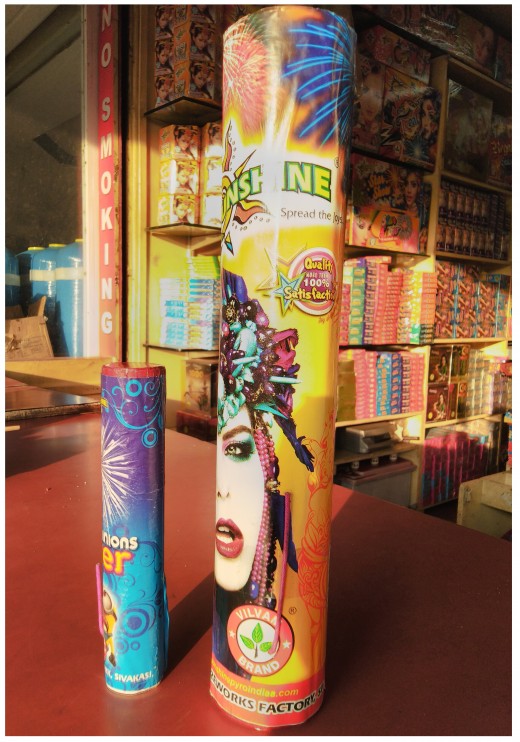
Some of the rocket festivals in the world
Festival name
| Place
|
|---|---|
Rocket festival
| Laos
|
Bung Fai Festival
| Thailand
|
Halloween
| America
|
Christmas
| All over the world
|
New Year
| All over the world
|
Deepavali/Diwali
| India
|
Holi
| India
|
Bursting colours with chemicals
Colour
| Chemical used
|
|---|---|
Violet
| Potassium nitrate, Rubidium
|
Blue
| Copper chloride
|
Green
| Barium chloride
|
Yellow
| Sodium nitrate
|
Gold
| Charcoal, Lampblack
|
Orange
| Calcium chloride
|
Red
| Strontium/ lithium carbonate
|
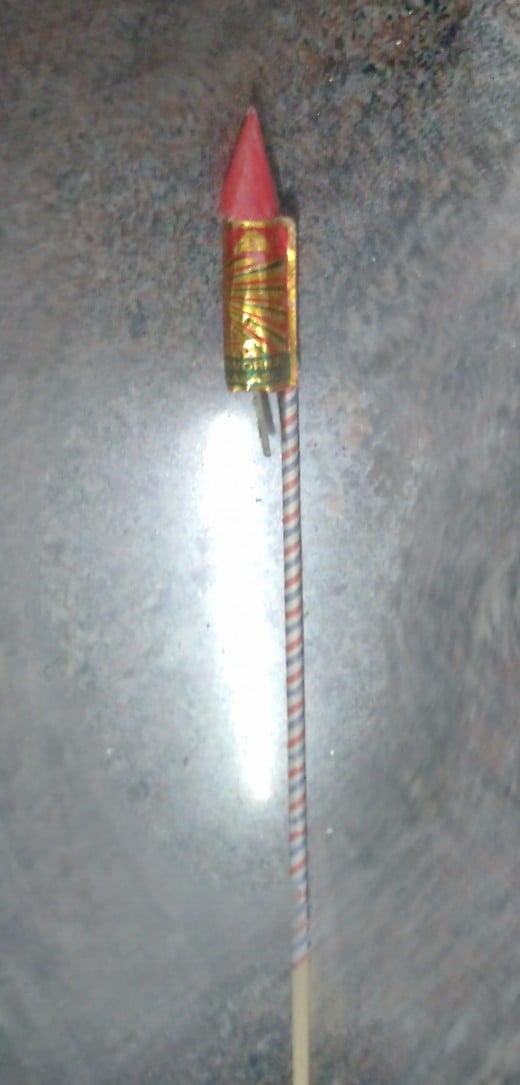
Space Missions
Origin of Rockets
Rockets originated in India. It was made by the artisans of Mysore with iron barrel cases as a body for the combustible material. Mysore rockets were used for ceremonial purposes for fireworks. That was later on used by the king of Mysore against the British during the war against them in 1792. Thus, it has become a Mysorean Rocket - missile weapon of war.
Rockets of Space Research
A rocket to Space can be a missile, spacecraft, aircraft or a satellite launch vehicle that obtains motion from a rocket engine. Rocket engines employ the principle of Newton’s third law of motion of the principle of action-reaction for delivery of burning fuel from the convergent or divergent nozzle at the bottom for jet propulsion and launching of the rocket.
Rockets carrying missiles, satellites and spaceships carry a high payload of the objects as well as a propellant. Men have sent rockets from surface to air, surface to surface, sea to air, the surface to the moon, the surface to the mars, the surface to Space, etc. Each launch was with specific objectives and different designs and fabrication for completing the task.
Launchpads
Rockets are launched from different platforms known as launch pads. There will be a guard tower to hold the rocket. In the case of the space rocket, it will be upright. In the case of surface missiles, it is in a sloppy angle according to the trajectory of the rocket.
Rocket Propellants
The fuel of the rocket is called propellant. The efficiency of the propellant is called specific impulse. Propellants are three types, solid, liquid and gas. Most of the present-day rockets have gaseous propellant. Compressed gases are in liquid form. Advantage of compressed gas is its volume to weight ratio as compared to the liquid propellant and solid propellant, which are heavier. Heavier propellants increase the payload for launch.
Ammonium perchlorate mixed with aluminium powder is the solid propellant used mostly in surface to surface missile-carrying rockets. Oxygen and hydrogen are high impulse propellants in liquid form and kerosene is low impulse liquid propellant. Due to good controllability, liquid propellants are used in regulated control rocket missions and space ships carrying astronauts. Gaseous propellants have some advantages for storage and long-time storability in space.
Cryogenic engines use a highly cooled liquid form of gas as a propellant and are very efficient. Cryogenic technology is used to hold more liquid fuel and greater specific impulse.
Rocket Recovery
Most of the space rockets remain as free bodies on space. Certain other rockets after their task within the gravity of the earth will be descended with the help of dropping it in the sea and recovery by boat or descending it with a parachute on earth’s surface.
Rocket to Moon
Rocket to the moon will have to move as per scientific calculation. It first moves against earth’s gravity and then enters in the lunar field of gravity. Then it faces friction after entering the lunar field. Since the lunar surface has no atmosphere, there is a need for special oxygen facility for combustion to retard and do controlled speed landing.
Rocket to Mars
The Mars expedition has a very long space journey and therefore has much of calculations for finding a path exactly to Mars. The space rockets are built with multiple stages. Each of these stages detaches from the mission, once their task is over. Each stage is filled with different types of propellant. The lower stage of the solid, middle stage of liquid and the top stage of gaseous propellant comprises the space rocket. Above the rocket, there will be a space mission such as space ship or satellite orbiter or the planet lander, etc.
Rocket Launch Expenses
There is a huge expense to build, launch and study rockets. Failures make the expenditure wasteful. The other expense is the environmental impact. There is pollution from rockets on earth as well as in Space. Every year we are depositing some rocket waste in the external Space.
Ultimate Rocket Science
Whenever we talk about the rocket, either festivity or war or space science is associated. It is said that great inventions are compared with the invention of rockets. The amount of significance of discovery matters. So, if the invention is on a lower scale, you say, “there is nothing rocket science there”. This article is only to give the reader a story on rockets with some interesting insights to develop scientific temperament. To know more about the in-depth facts and data, contact expert scientists in the field of physics or space science or astronomy. The more and more you start learning on Space and astronomy, the mystery goes on increasing and takes you nearer to God.
This content is accurate and true to the best of the author’s knowledge and is not meant to substitute for formal and individualized advice from a qualified professional.
© 2019 Halemane Muralikrishna

